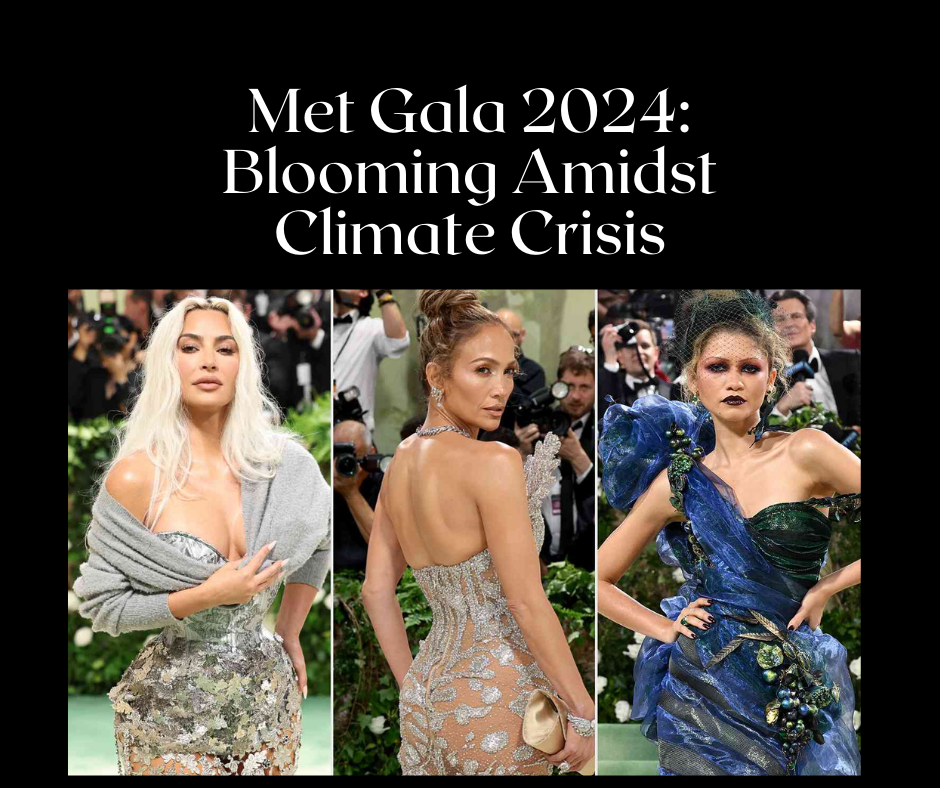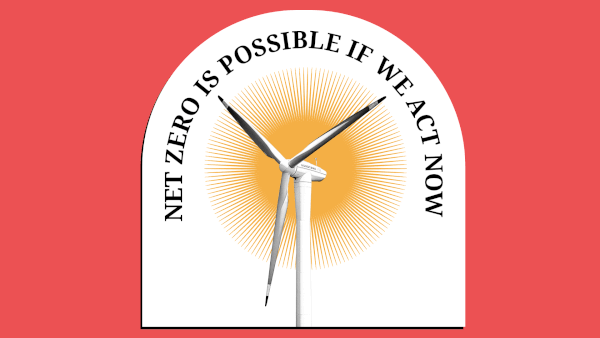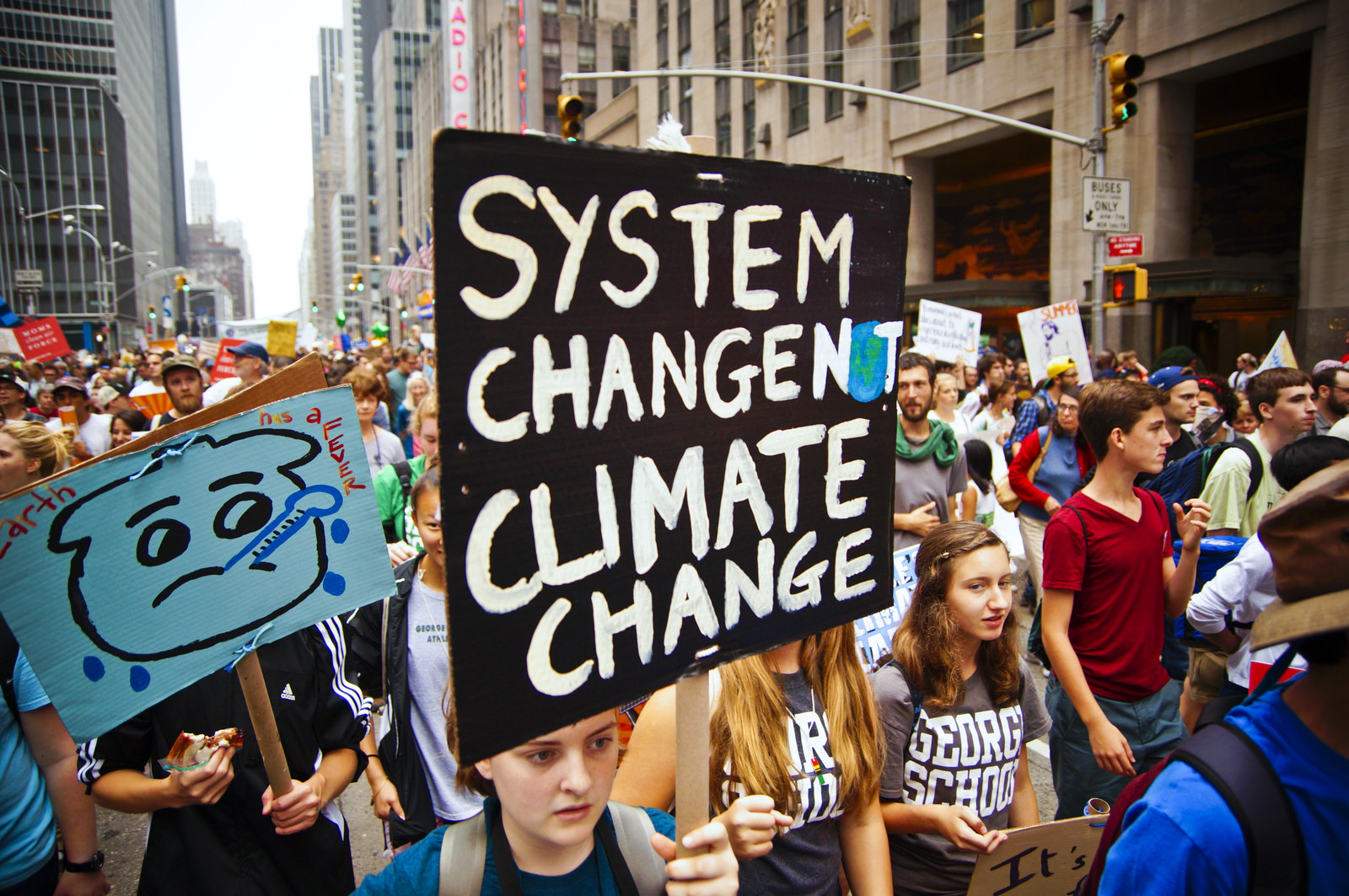The Met Gala, known for its extravagant themes and star-studded guest list, took a floral turn in 2024, mesmerizing attendees with a blooming spectacle. From elaborate gowns adorned with petals to botanical-inspired accessories, the event showcased nature’s beauty in full bloom. However, amidst the floral splendor, whispers of concern echoed through the halls of fashion’s most prestigious event. While celebrating the allure of flowers, the fashion industry grapples with its own environmental footprint, raising questions about sustainability and the urgent need to combat climate change.
Met Gala 2024 Theme: Celebration of Flowers
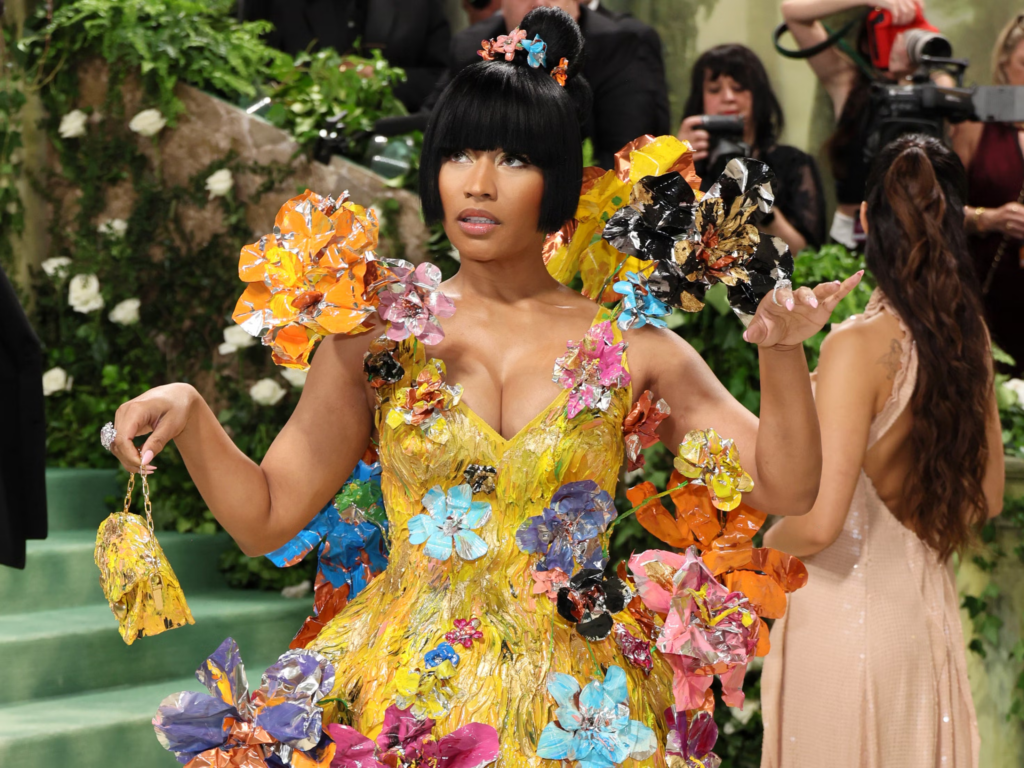
The theme of the 2024 Met Gala revolved around the enchanting world of flowers, inviting attendees to embrace the ethereal elegance of floral motifs. Designers drew inspiration from botanical gardens, infusing their creations with intricate floral patterns and vibrant colors. The runway transformed into a blossoming paradise, with models strutting amidst cascades of petals and lush foliage. The celebration of nature’s bounty captivated the imagination, evoking a sense of whimsy and romance.
Sustainability Concerns
However, behind the facade of beauty lies a stark reality—the environmental impact of the fashion industry. The production of textiles, the use of harmful chemicals, and the disposal of garment waste contribute significantly to pollution and resource depletion. While the Met Gala’s floral theme symbolizes vitality and renewal, it also serves as a poignant reminder of the ecological crisis facing our planet. The juxtaposition of extravagant displays and environmental degradation underscores the urgent need for sustainable practices within the fashion industry.
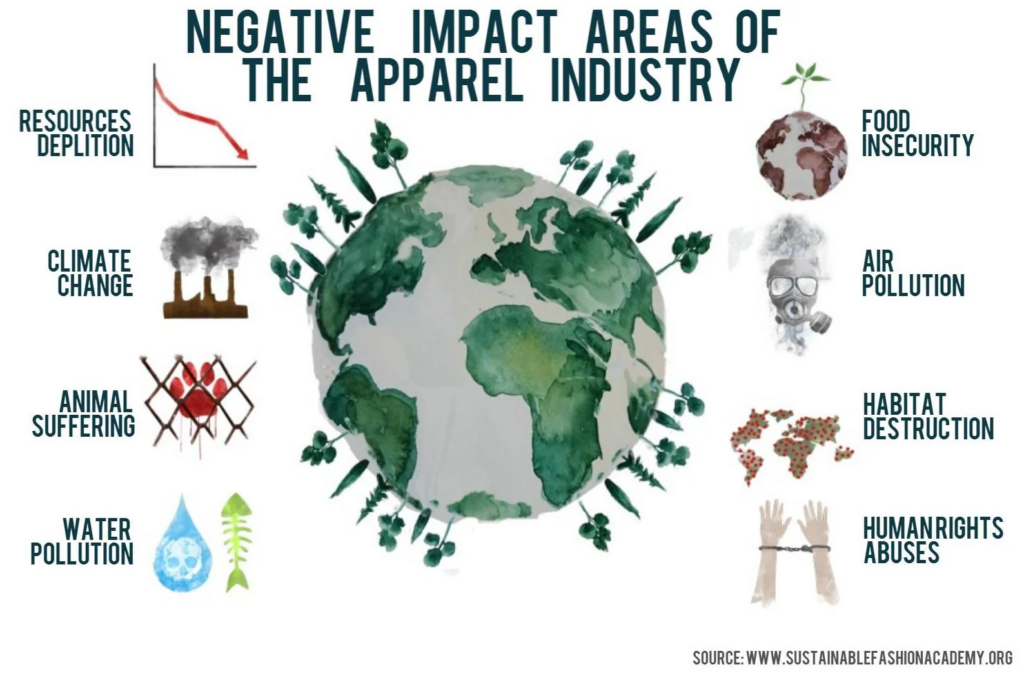
Fighting Climate Change
In the face of climate change, the fashion industry must heed the call to action. By adopting eco-friendly materials, reducing carbon emissions, and implementing ethical production practices, fashion brands can mitigate their environmental impact. Moreover, consumers play a pivotal role in driving demand for sustainable fashion, advocating for transparency and accountability within the industry. Together, we can harness the power of fashion as a force for positive change, paving the way towards a more sustainable future.
Balancing Aesthetics and Responsibility
While the allure of floral-themed fashion is undeniable, it is imperative to strike a balance between aesthetics and responsibility. Designers can explore innovative techniques and materials that mimic the beauty of flowers without causing harm to the environment. By embracing sustainability as a guiding principle, the fashion industry can redefine luxury in a way that is both exquisite and conscientious.
The Role of Fashion Icons and Influencers

Fashion icons and influencers wield significant influence in shaping consumer trends and industry practices. By championing sustainable fashion initiatives, they can inspire millions of followers to embrace eco-conscious lifestyles. From promoting ethical brands to advocating for eco-friendly practices, their voices carry immense weight in driving positive change within the fashion industry.
Collaboration for Change
Realizing the vision of a sustainable fashion industry requires collaboration across sectors. Fashion brands, environmental organizations, policymakers, and consumers must unite in a collective effort to combat climate change. Through strategic partnerships and shared goals, we can effect meaningful change and pave the way for a greener, more equitable future.
Educating the Masses
Raising awareness about the environmental impact of fashion is crucial in fostering a culture of sustainability. By educating consumers about the consequences of their purchasing decisions, we empower them to make informed choices that align with their values. Through campaigns, workshops, and educational initiatives, we can spark a global movement towards sustainable fashion consumption.
Government Policies and Regulations
Government policies and regulations play a vital role in shaping the practices of the fashion industry. By implementing laws that mandate sustainable production methods and regulate waste management, lawmakers can incentivize companies to prioritize environmental stewardship. Advocating for policies that support renewable energy, circular economy practices, and fair labor standards can catalyze systemic change within the fashion industry.
The Power of Consumer Demand
Consumer demand serves as a powerful catalyst for change within the fashion industry. By voting with their wallets, consumers can signal their preference for sustainable and ethically produced goods. Through boycotts, petitions, and conscious consumption, individuals can hold brands accountable for their environmental and social impact, driving a paradigm shift towards sustainability.
The Future of Fashion Events
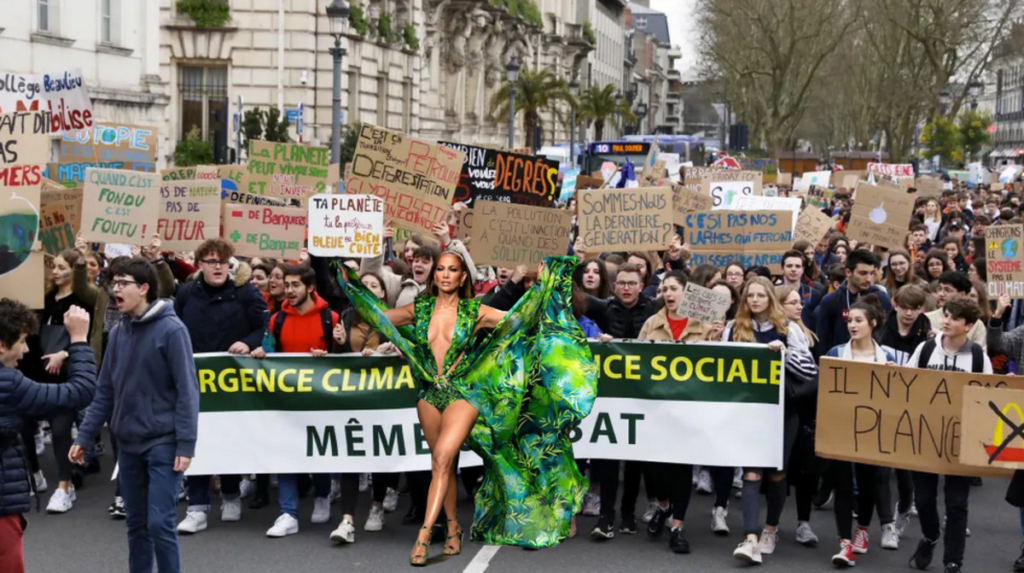
As we look towards the future, the evolution of fashion events like the Met Gala hinges on sustainability. From incorporating recycled materials into couture creations to hosting carbon-neutral runway shows, the possibilities for greener fashion events are endless. By embracing innovation and creativity, we can usher in a new era of sustainable luxury that celebrates both style and substance.
Inspiring Change Through Example
Leading by example, pioneering brands and individuals are spearheading the transition towards sustainable fashion. From pioneering eco-friendly materials to implementing circular business models, these trailblazers demonstrate that sustainability and style are not mutually exclusive. By showcasing their successes and sharing best practices, they inspire others to follow suit, catalyzing a ripple effect of positive change across the industry.
Challenges and Opportunities
While the path to sustainability may be fraught with challenges, it is also ripe with opportunities for innovation and progress. By embracing sustainability as a cornerstone of design, fashion brands can differentiate themselves in a crowded market and appeal to an increasingly conscientious consumer base. From embracing alternative materials to reimagining supply chains, the possibilities for positive change are endless.
Conclusion
In conclusion, while the Met Gala 2024 dazzled with its floral-themed extravagance, it also sparked important conversations about sustainability and the urgent need to combat climate change. As we navigate the intersection of fashion and environmentalism, let us seize this moment as an opportunity to redefine luxury, championing a future where style is synonymous with sustainability. By working together, we can cultivate a fashion industry that not only celebrates beauty but also protects the planet for generations to come.
FAQs
- What are some sustainable alternatives to floral-themed fashion?
- Sustainable alternatives to floral-themed fashion include garments made from organic cotton, hemp, or recycled materials. Additionally, designers can explore digital printing techniques to achieve floral motifs without the need for water-intensive dyeing processes.
- How can consumers support sustainable fashion brands?
- Consumers can support sustainable fashion brands by researching their ethical and environmental practices, opting for quality over quantity, and prioritizing second-hand and vintage clothing. Additionally, voicing support for sustainability initiatives and advocating for transparency within the industry can drive positive change.
- Are there any notable fashion icons advocating for environmental sustainability?
- Yes, several fashion icons, including Stella McCartney, Emma Watson, and Livia Firth, are vocal advocates for environmental sustainability in the fashion industry. Through their platforms and initiatives, they raise awareness about the importance of ethical fashion and promote sustainable alternatives.
- What role can technology play in promoting eco-friendly fashion?
- Technology can play a significant role in promoting eco-friendly fashion by enabling innovations such as 3D printing, biofabrication, and blockchain technology. These advancements facilitate the development of sustainable materials, traceability in supply chains, and personalized manufacturing processes, driving efficiency and reducing environmental impact.
- How can fashion events like the Met Gala promote sustainability in the future?
- Fashion events like the Met Gala can promote sustainability in the future by adopting eco-friendly practices such as carbon offsetting, zero-waste initiatives, and collaborations with sustainable brands. Additionally, incorporating sustainability-themed exhibitions, panels, and discussions can raise awareness and inspire attendees to prioritize environmental stewardship.
